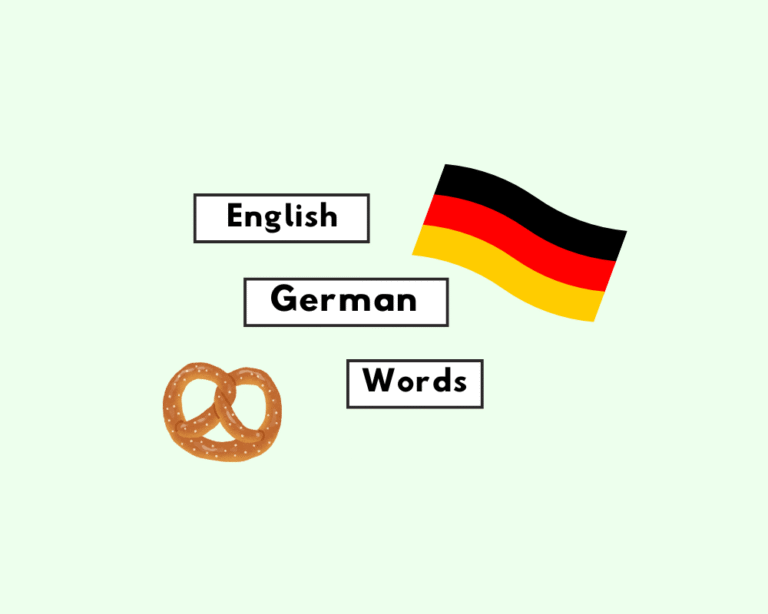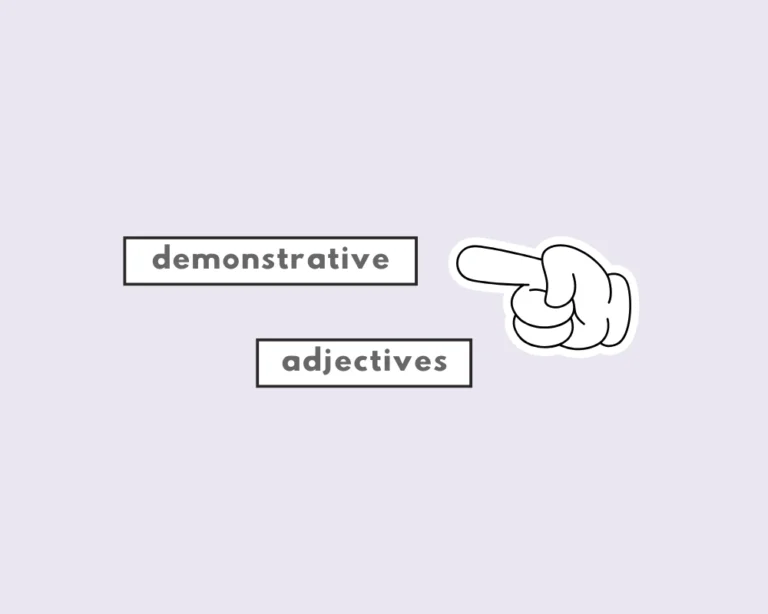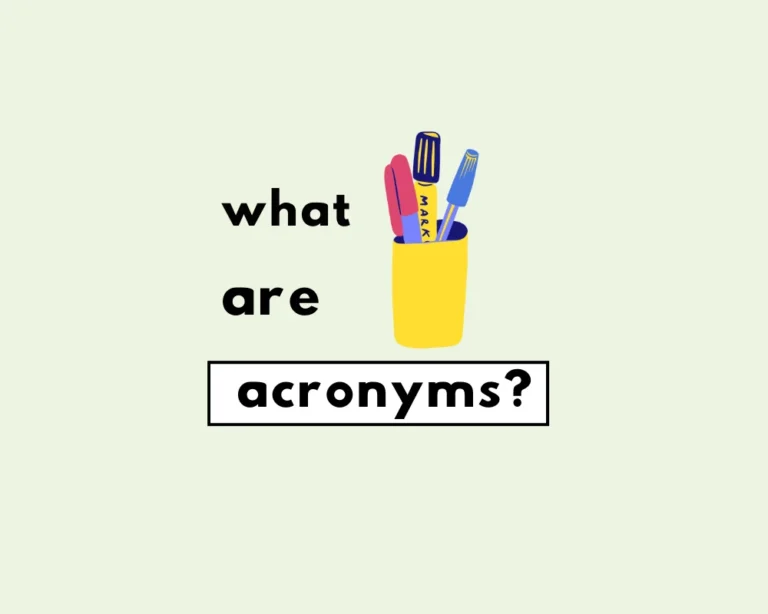What Are Pronouns in Grammar?
Though you may not even realize it, pronouns are everywhere in English. We use them all the time. You use pronouns all the time!
What Does “Pronoun” Mean?
The word “pronoun” originates from the Latin pronomen, which means “a word standing in place of a noun” (according to Etymonline).
This describes exactly what pronouns do and why we use them. They are words that we use in place of nouns to avoid repeating the same word in conversation and writing.
What’s a Pronoun?
Pronouns are words we can substitute with nouns when it’s already clear what we’re referring to. Like nouns, pronouns can refer to people, things, concepts, and places. We use them in nearly every sentence; some of the most common pronouns in English are:
- I
- me
- she
- us
- you
- themselves
- who
- that
English would sound significantly different without pronouns. For example, in the sentence, “Ashley’s staying home from work today because she’s not feeling well,” it’s clear that the pronoun “she” refers to Ashley, since the sentence makes it obvious.
Without the pronoun she, the sentence becomes ‘Ashley’s staying home today because Ashley is sick‘.
Types of Pronouns
While most people think of personal pronouns, several types exist in English. These include:
- Personal pronouns
- Possessive
- Demonstrative
- Interrogative
- Relative
- Indefinite
- Reflexive
- Intensive pronouns
Each type differs based on its function and correct use in sentences.
Demonstrative
The four demonstrative pronouns (this, that, these, and those) refer to something previously mentioned or known from the conversation’s context. Demonstrative pronouns describe the closeness (literal or figurative) of the things they refer to:
- This (singular) or these (plural) refer to something close to you: I bought these shoes.
- That (singular) or those (plural) reference something farther from you, or something abstract: I want that to happen.
Interrogative
We use interrogative pronouns to ask questions. They include “who,” “what,” “which,” “whom,” and “whose.”
- Examples: Who is coming to my house tomorrow? Which pair of shoes did you take?
- Whose book does this belong to?
- What does he do for a living?
Personal pronouns
Personal pronouns change based on their grammatical person—or whether they refer to the person speaking (first person), the person or people being spoken to (second person), or whoever is being spoken about (third person).
The main personal pronouns are:
- I/me
- she/her
- he/him
- they/them
- It
- we/us
- you
| Main Personal Pronouns |
| I am strong. |
| We are strong. |
| You are strong. |
| They are strong. |
| He, (she, it) is strong. |
The first and second sentences are pronouns in the first person: I and we are from our point of view. I is singular, and we is plural. The first-person pronoun “I” is always capitalized.
When we are the ones speaking, we do so from the first person, and use first-person pronouns, like “I” (singular) and “we” (plural).
| Example |
| I wanted to go for a walk today, but then I registered my to-do list. |
| I am tired today. |
| I have a lot of work to do. |
You refers to the person being spoken to or addressed, and is in the second-person. “You” applies to both singular and plural subjects.
The third-person is whomever is being spoken of or about. Third-person pronouns are he, she, they, and it. To know which point of view is being used, ask yourself: who is the person speaking to?
Are they themselves speaking (using I or we), addressing another person with ‘you‘, or is someone being spoken about? Answering this will help you identify which perspective is in use.
Possessive pronouns
As the name implies, possessive pronouns (and possessive adjectives) show possession or belonging:
| Example |
| That laptop is mine. |
| Those books are yours. |
| That bag is hers. |
| Whose jacket does this belong to? |
- First person possessive pronouns: my, mine (singular), our, ours (plural)
- Second person possessives: your, yours.
- Third person possessives: his, her/hers, its, their, theirs.
Some possessive pronouns are better categorized as possessive adjectives (also called pronominal adjectives, since they are formed from pronouns). My, our, your, her, and their are all possessive adjectives that precede the nouns they qualify.
‘His’ can function either as an adjective or a pronoun:
| Possessive Adjective Usage | Possessive Pronoun Usage |
| This is his bike. (Possessive adjective) | This bike is his. (Possessive pronoun) |
| This is my laptop (Possessive adjective) | The laptop is mine. (Possessive pronoun) |
The pronoun ‘it’
It is a third-person singular pronoun. ‘It’, ‘they’, ‘their’, and ‘them’ are all gender-neutral pronouns. The difference with ‘it’ is that it typically refers to inanimate objects, non-human animals, or cases where gender is not known (as with some babies).
| Example |
| This is your book; please take it. (inanimate object) |
| The horse fell and broke its leg. (animals) |
Learn the Parts of Speech
- Types of Verbs (Modal, Stative, Infinitives and Transitives)
- Types of Adjectives (Explained, with Examples)
- Parts of Speech (Nouns, Adjectives, Prepositions)
- What’s an Adverb? (Types of Adverbs)
- When to Use ‘A’ or ‘An (What’s an Article?)
- Types of Nouns (Common, Proper, Abstract, and Concrete)
FAQs
What are pronouns in grammar?
+
Why do we use pronouns?
+
What does “pronoun” mean?
+
How are personal pronouns used?
+
What are first person pronouns?
+
Yash, D. "What Are Pronouns? (First, Second, and Third)." Grammarflex, Jun 15, 2025, https://www.grammarflex.com/personal-pronouns-first-second-third/.
Sources
-
High School English Grammar and Composition, P.C. Wren.
-
Grammarly on pronouns.
Worksheet
According to the post, what is the main purpose of using pronouns?
From which language does the word “pronoun” originate, according to the blog post?
Which type of pronoun is used to ask questions?
The pronouns “this, that, these, and those” are examples of what type of pronoun?
Personal pronouns change based on their grammatical:
Pronouns are words that we use in place of .
We use pronouns to avoid repeating the same in conversation and writing.
In the example sentence “Ashley’s staying home from work today because ‘s not feeling well,” the pronoun replaces “Ashley”.
According to the post, the first-person pronoun “” is always capitalized.
The sentence “I am strong” uses a pronoun in the person.











